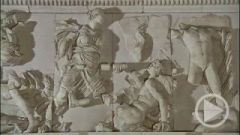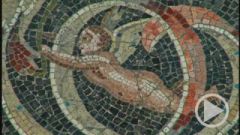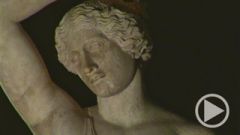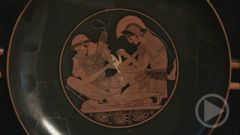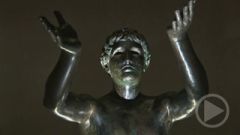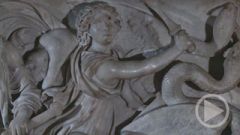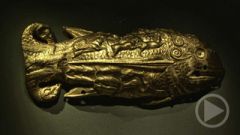- Home
- »
- Germany
- »
- Berlin
- »
- Museum Island
- »
- Pergamon Museum
- »
- The Collection of Classical Antiquities
- »
- The Pergamon Museum - Berlin Goddess
Berlin Goddess
The „Berlin Goddess“
Dubbed the "Berlin Goddess" and created in about 570 B.C., this statue is a magnificent example of ancient Greek art. The sculpture is unusually well preserved, due to a rather fortuitous circumstance: not long after its creation, it was encased in lead and buried, most likely to protect it during the Persian Wars. So the brilliant colours have survived right down to the present day
The majestic female figure stands solemn and austere. She is so straight that she might be a column. Everything contributes to that impression: the parallel placement of the feet ... the completely symmetrical red robes with their even trimming adorned with a yellow-blue-red meander ... the yellow coat, which lies symmetrically across her shoulders ... the straight hairstyle and the pillbox headdress, which is typical for images of gods. Even the way she holds her hands seems ceremonial and reserved.
Despite the almost geometrical severity of the figure's stance, the details are extremely finely done: the decorative straps of her sandals, the necklace and the meander at the neck. Or the lotus blossoms on the polo; the crown-like head covering. The hair falling down her back has been bound into a braid.
The statue's stylised face wears the typical "ancient smile". At one time, the large eyes, the eyebrows and the lips were also brightly painted.
Even now, nobody knows for certain whether the "Berlin Goddess" is really the statue of a goddess or perhaps simply a representation of a Greek citizen on her grave. It has no inscription and the pomegranate she holds in her hand would fit with either interpretation – it is considered the symbol of both fertility and immortality.


